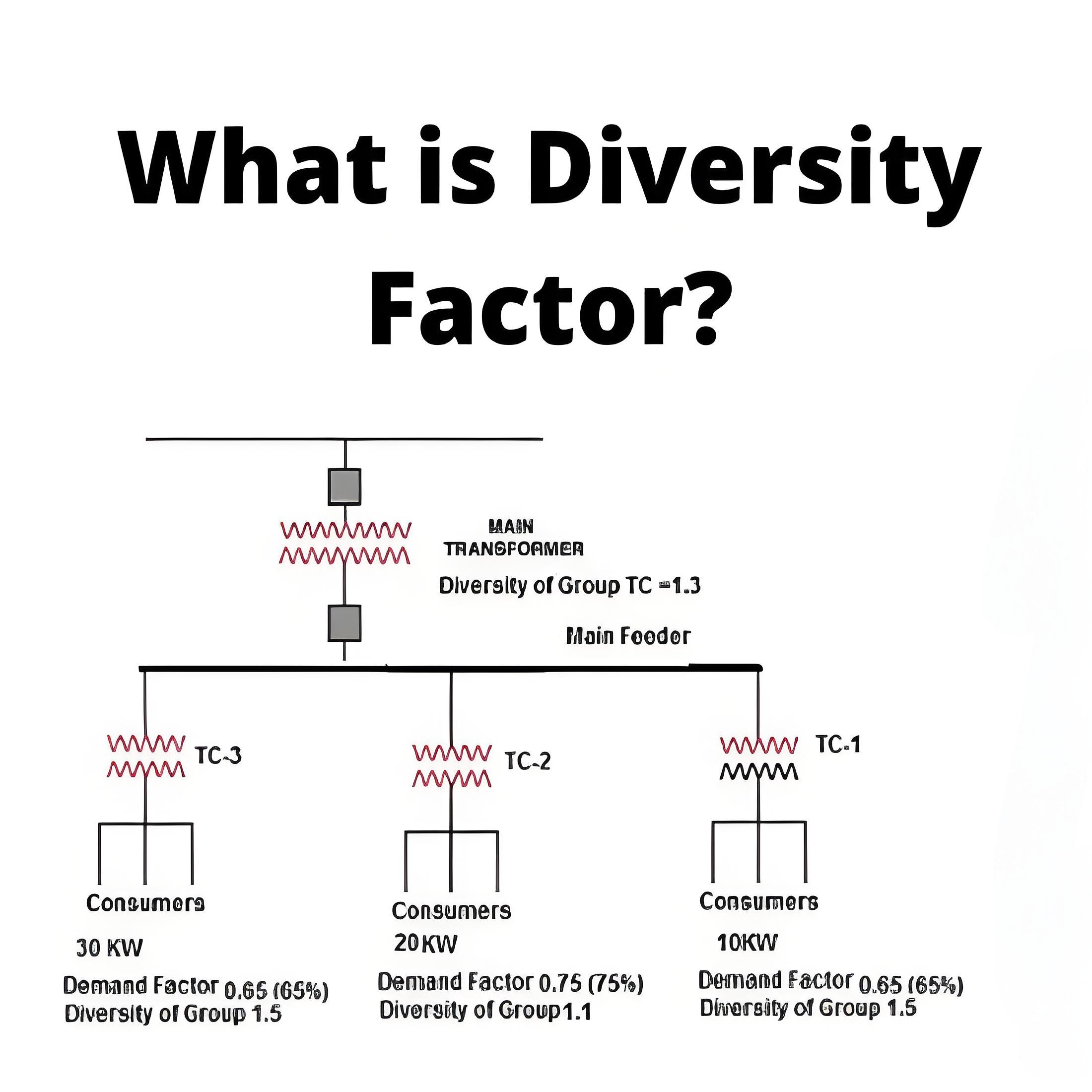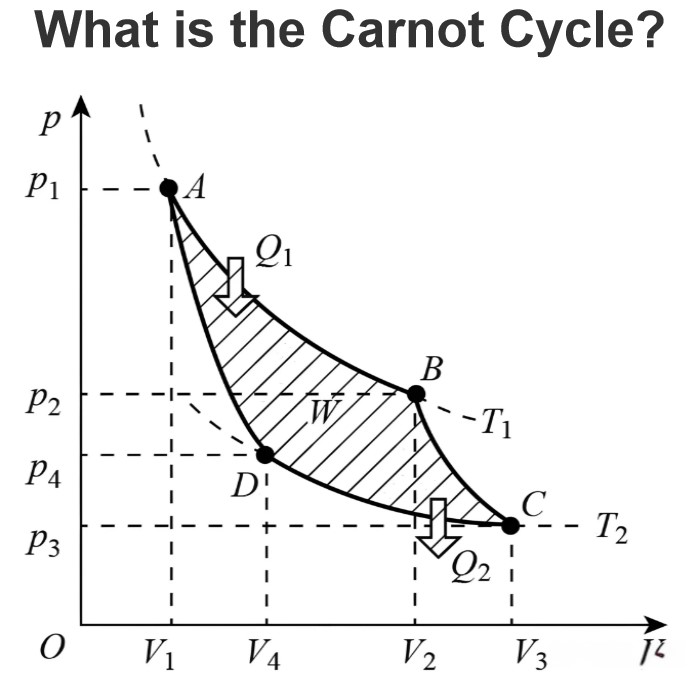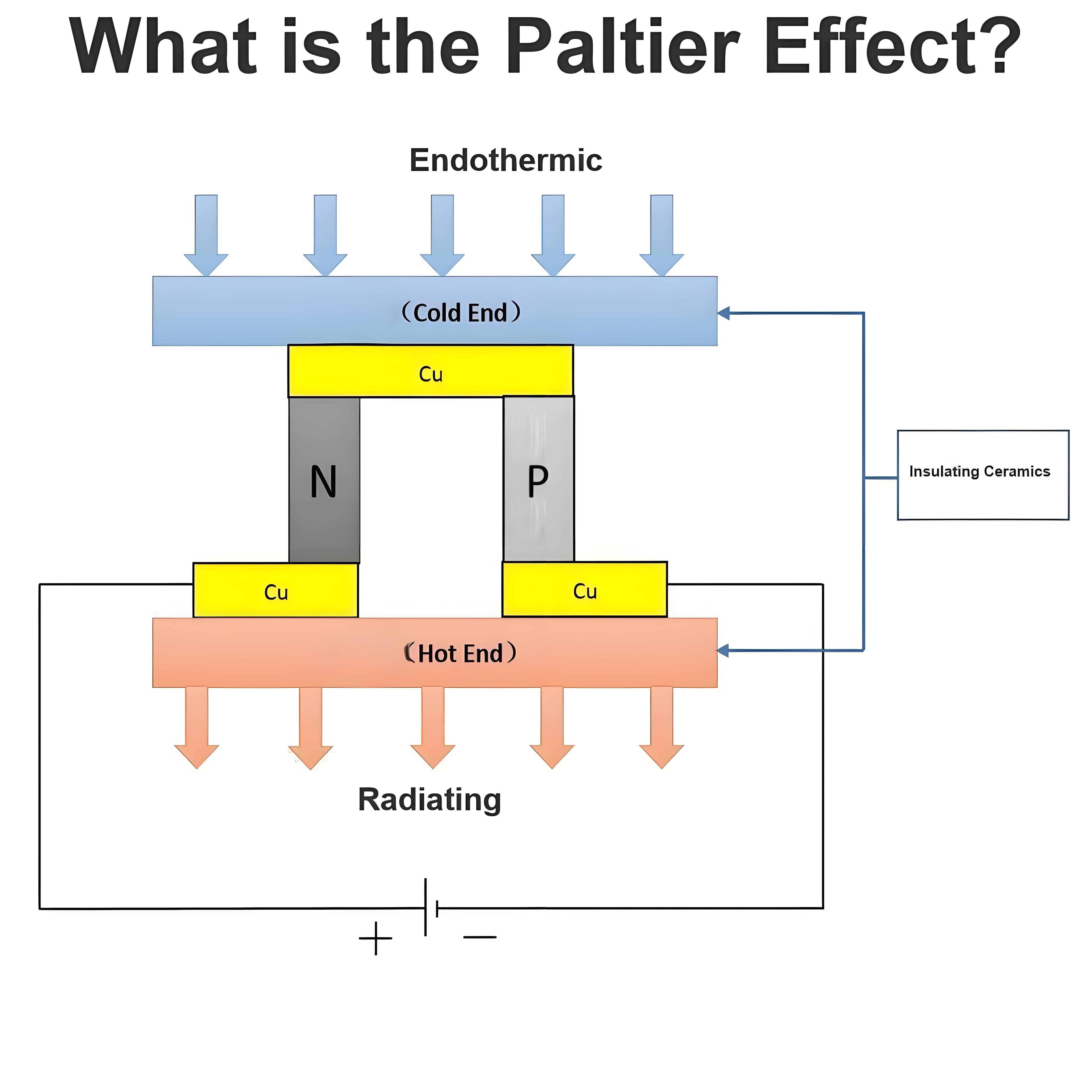Skin Effect in Transmission Lines
Skin Effect Defined
Skin effect in transmission lines is the phenomenon where AC current concentrates near the conductor’s surface, increasing its effective resistance.
Skin effect is defined as the tendency of an AC current to distribute unevenly over the cross-section of a conductor, such that the current density is highest near the surface of the skin of the conductor and decreases exponentially towards the core. This means that the inner part of the conductor carries less current than the outer part, resulting in increased effective resistance of the conductor.
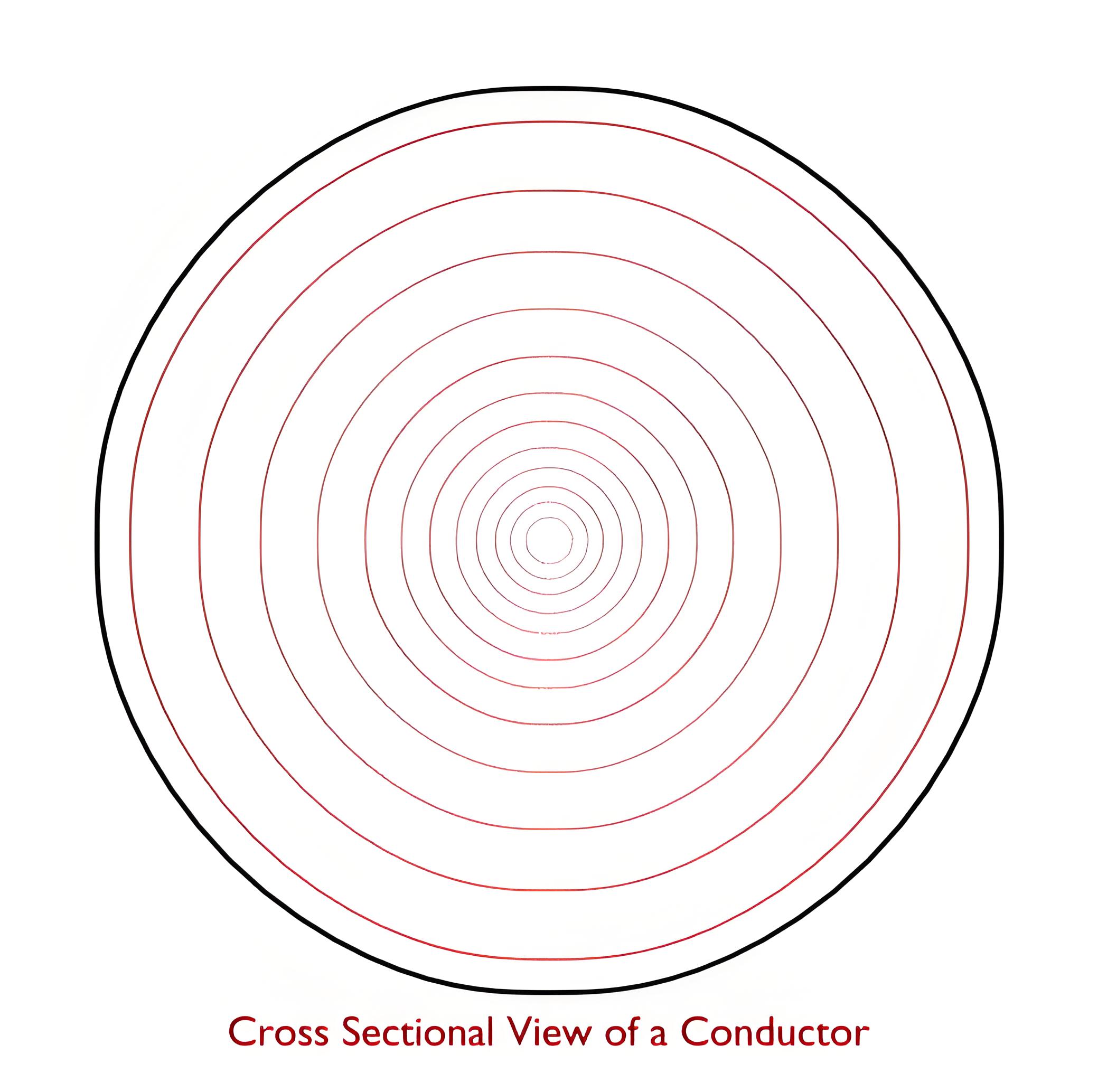
Skin effect diminishes the available cross-sectional area for current flow, increasing power losses and conductor heating. It alters the transmission line’s impedance, affecting voltage and current distribution. This effect intensifies with higher frequencies, larger conductor diameters, and lower conductivities.
Skin effect does not occur in direct current (DC) systems, because the current flows uniformly throughout the cross-section of the conductor. However, in AC systems, especially those operating at high frequencies such as radio and microwave systems, the skin effect can have significant impacts on the design and analysis of transmission lines and other components.
Causes of skin effect
Skin effect is caused by the interaction of the magnetic field generated by the AC current with the conductor itself. As shown in the figure below, when an AC current flows through a cylindrical conductor, it creates a magnetic field around and inside the conductor. The direction and magnitude of this magnetic field change according to the frequency and amplitude of the AC current.
According to Faraday’s law of electromagnetic induction, a changing magnetic field induces an electric field in a conductor. This electric field, in turn, induces an opposing current in the conductor, called an eddy current. The eddy currents circulate within the conductor and oppose the original AC current.
The eddy currents are stronger near the core of the conductor, where they have more magnetic flux linkage with the original AC current. Therefore, they create a higher opposing electric field and reduce the net current density at the core. On the other hand, near the surface of the conductor, where there is less magnetic flux linkage with the original AC current, there are weaker eddy currents and a lower opposing electric field. Therefore, there is a higher net current density at the surface.
This phenomenon results in an uneven distribution of current over the cross-section of the conductor, with more current flowing near the surface than near the core. This is known as the skin effect in transmission lines.
Quantify of Skin Effect
Skin effect can be quantified using skin depth or δ (delta), which is the depth below a conductor’s surface where the current density falls to about 37% of its surface value. A smaller skin depth indicates a more severe skin effect.
The skin depth depends on several factors, such as:
The frequency of the AC current: Higher frequency means faster changes in the magnetic field and stronger eddy currents. Therefore, the skin depth decreases as the frequency increases.
The conductivity of the conductor: Higher conductivity means lower resistance and easier flow of eddy currents. Therefore, the skin depth decreases as the conductivity increases.
The permeability of the conductor: Higher permeability means more magnetic flux linkage and stronger eddy currents. Therefore, the skin depth decreases as the permeability increases.
The shape of the conductor: Different shapes have different geometrical factors that affect the magnetic field distribution and eddy currents. Therefore, the skin depth varies with different shapes of conductors.
The formula for calculating skin depth for a cylindrical conductor with a circular cross-section is:
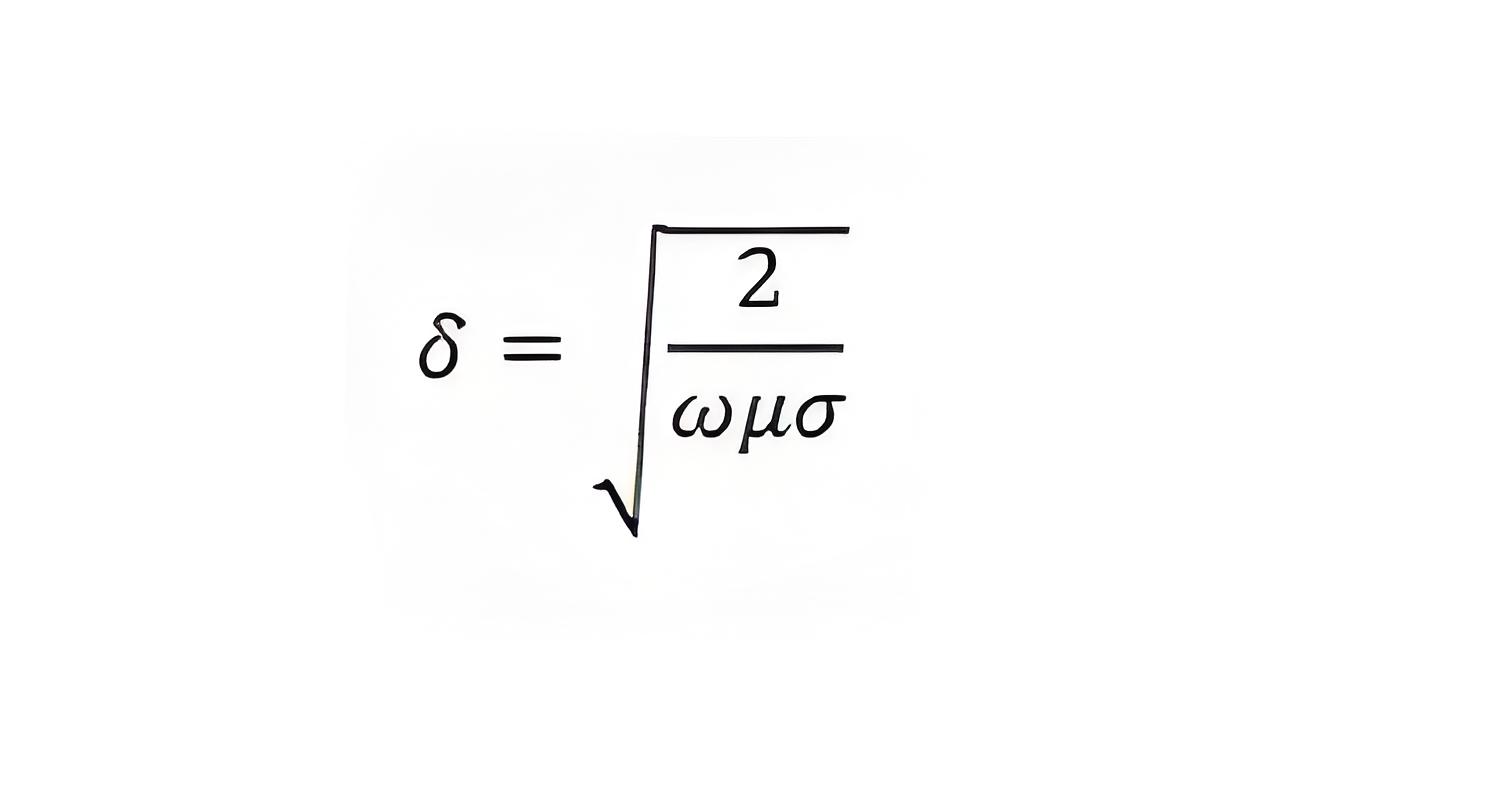
δ is the skin depth (in meters)
ω is the angular frequency of the AC current (in radians per second)
μ is the permeability of the conductor (in henries per meter)
σ is the conductivity of the conductor (in siemens per meter)
For example, for a copper conductor with a circular cross-section, operating at 10 MHz, the skin depth is:
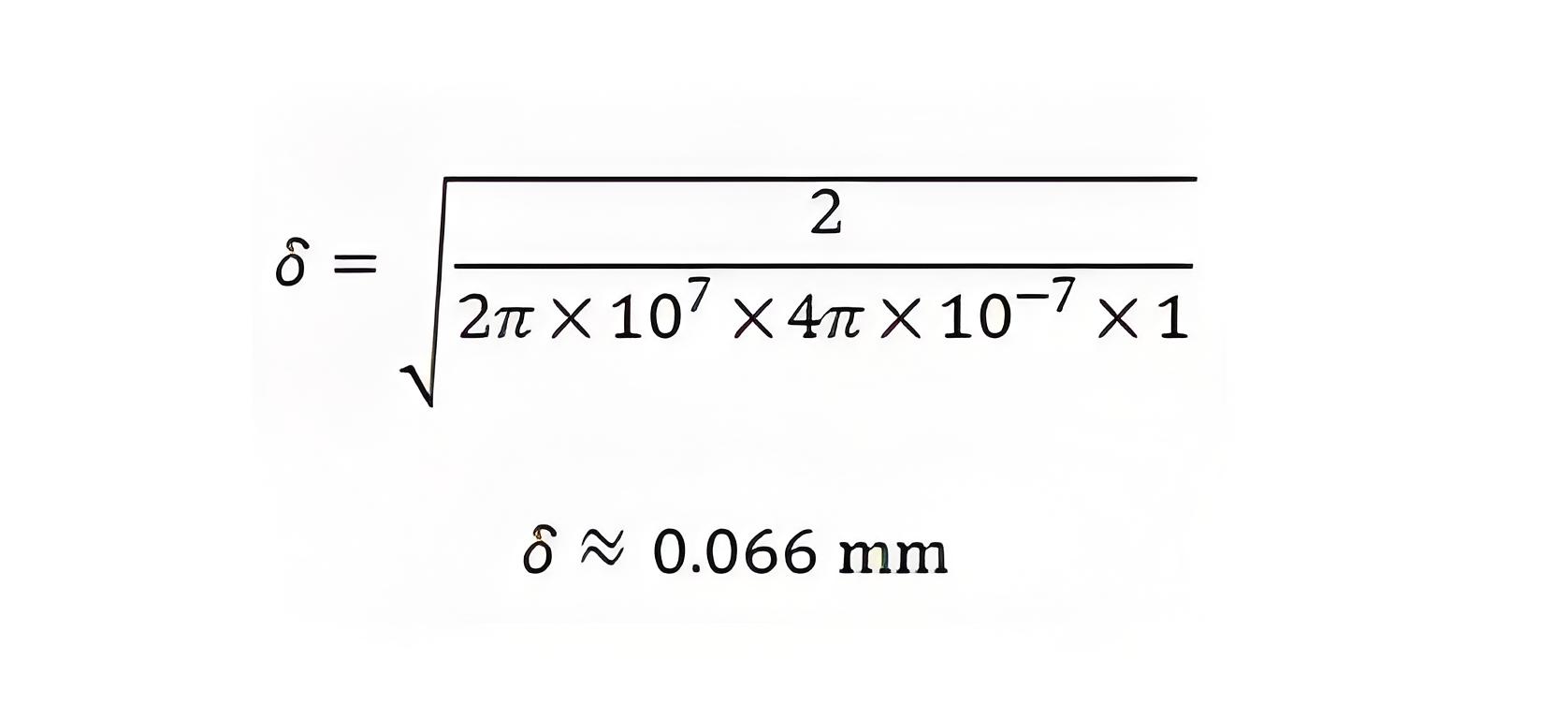
This means that only a thin layer of 0.066 mm near the surface of the conductor carries most of the current at this frequency.
Reduce of Skin Effects
Skin effects can cause several problems in transmission lines, such as:
Increased power losses and heating of the conductor, which reduces the efficiency and reliability of the system.
Increased impedance and voltage drop of the transmission line, which affects the signal quality and power delivery.
Increased electromagnetic interference and radiation from the transmission line, which can affect nearby devices and circuits.
Therefore, it is desirable to reduce the skin effect in transmission lines as much as possible. Some of the methods that can be used to reduce skin effects are:
Using conductors with higher conductivity and lower permeability, such as copper or silver, instead of iron or steel.
Using conductors with smaller diameters or cross-sectional areas reduces the difference between the surface and core current densities.
Using stranded or braided conductors instead of solid conductors increases the effective surface area of the conductor and reduces the eddy currents. A special type of stranded conductor called litz wire is designed to minimize the skin effect by twisting the strands in a way that each strand occupies different positions in the cross-section over its length.
Using hollow or tubular conductors instead of solid conductors reduces the weight and cost of the conductor without affecting its performance significantly. The hollow part of the conductor does not carry much current due to the skin effect, so it can be removed without affecting the current flow.
Using multiple parallel conductors instead of a single conductor increases the effective cross-sectional area of the conductor and reduces its resistance. This method is also known as bundling or transposition.
Reducing the frequency of the AC current increases the skin depth and reduces the skin effect. However, this may not be feasible for some applications that require high-frequency signals.
Conclusion
Skin effect is a phenomenon that occurs in transmission lines when an AC current flows through a conductor. It causes an uneven distribution of current over the cross-section of the conductor, with more current flowing near the surface than near the core. This increases the effective resistance and impedance of the conductor and reduces its efficiency and performance.
Skin effect depends on several factors, such as the frequency, conductivity, permeability, and shape of the conductor. It can be quantified by using a parameter called skin depth, which is the depth below the surface where the current density drops to 37% of its value at the surface.
Skin effect can be reduced by using various methods, such as using conductors with higher conductivity and lower permeability, smaller diameter or cross-sectional area, stranded or braided structure, hollow or tubular shape, multiple parallel arrangements, or lower frequency.
Skin effect is an important concept in electrical engineering that affects the design and analysis of transmission lines and other components that use AC currents. It should be taken into account when choosing the appropriate type and size of conductors for different applications and frequencies.
Welcome to our electricity community! Established to facilitate the exchange and cooperation in the electricity industry and bridge professionals, enthusiasts, and related enterprises.


